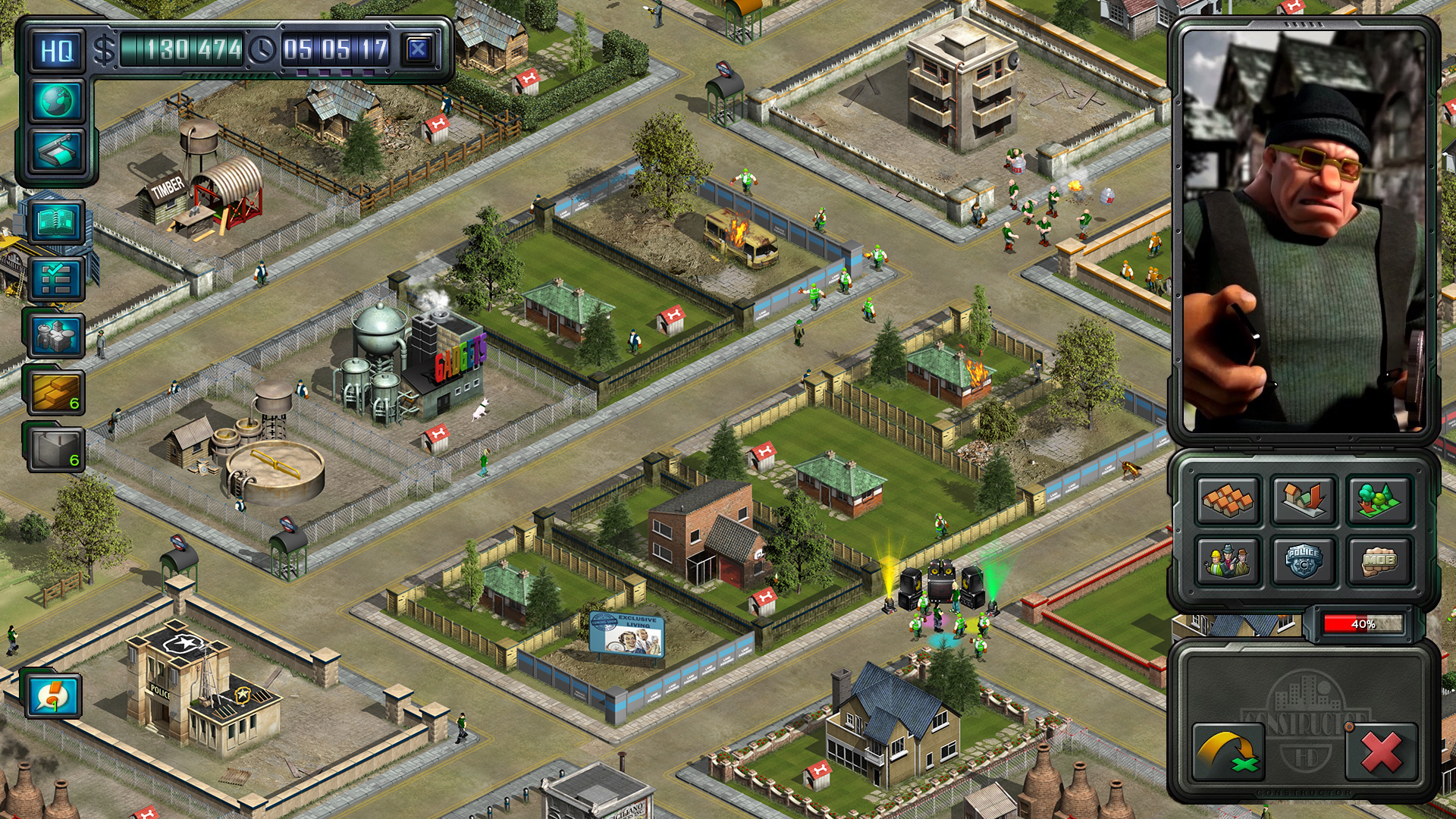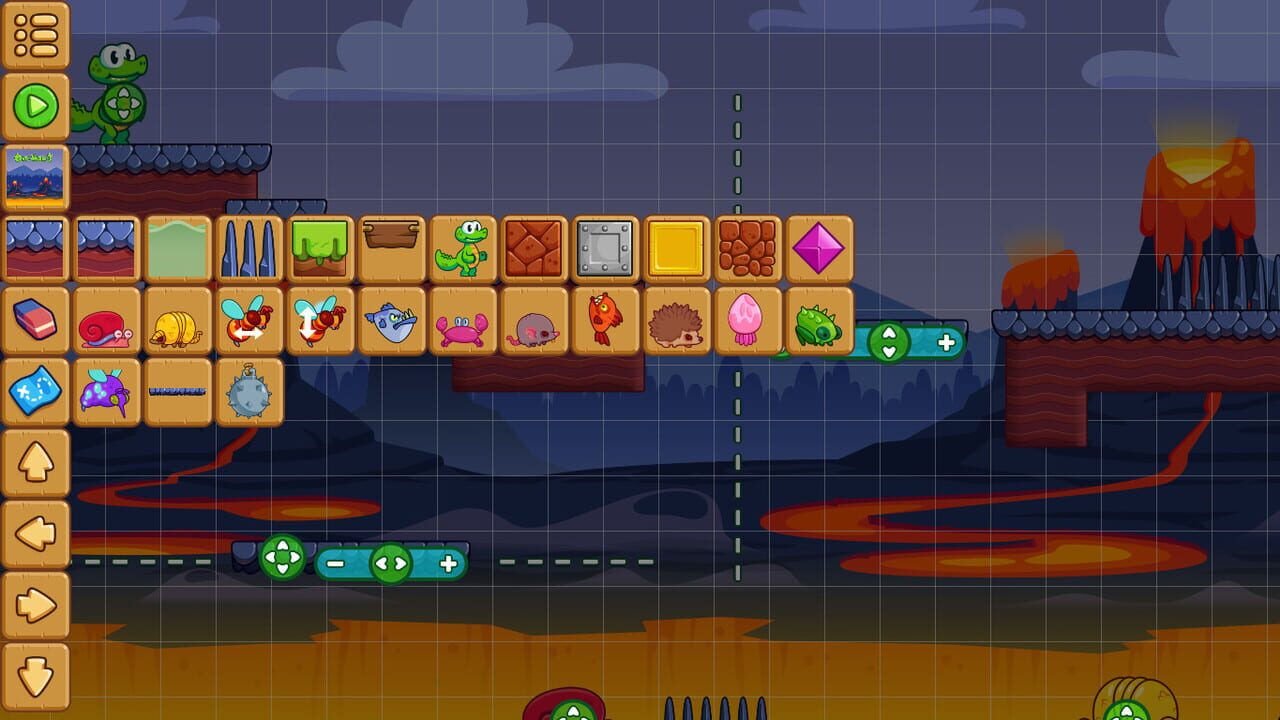

Teachers can register their classes and use Quizlet to monitor students’ understanding of concepts. There are tools that allow for more game-like study practice including a fun matching game. If you haven’t visited it lately, you might be surprised at the updates.

Quizlet has been around a long time as a way for students or teachers to create flashcards for study practice. Using Jumble could be great for practicing problems in math or putting historical events in order in social studies. There’s a new game on Kahoot called Jumble that allows students to put the four answers in order.

I am the one who usually creates the questions and answers, but a Kahoot could certainly be made by the students. With Kahoot, you create a quiz with up to four answers, but the number of questions is not limited nor is the number of players. The best part is students don’t have to download an app to access it. I am a huge fan of Kahoot because it’s extremely engaging with its music and point system and can be played on any device, including a laptop, phone or tablet. More: How Gamification Helped More Than 10,000 Students Improve Reading Kahoot For example, use the one to build crossword puzzles that can be played online (best used on laptop rather than tablet). This template is easier to edit and save online than the many Power Point game templates available to teachers and there are other games on this site too. An undergrad at Washington State University in Vancouver made Jeopardy Labs, another fun way to create and play the game online. There are several ways to create digital Jeopardy-including tools like Flippity.

You can read more about this activity on my blog. I’ve used it to make a game based on ancient Roman and Greek history for students in a 6th grade world history class, and everyone loved it. Flippity offers several opportunities to design learning games with a Google spreadsheet.


 0 kommentar(er)
0 kommentar(er)
